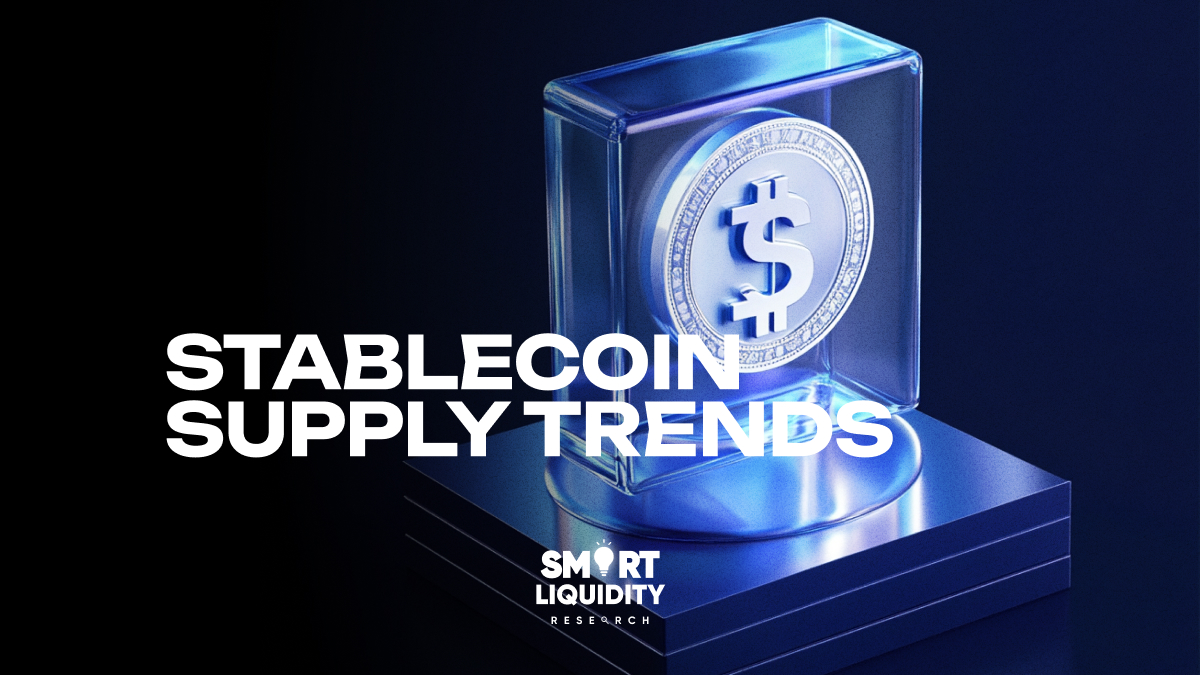Stablecoin Supply Trends


Explore the latest trends in stablecoin supply, including growth, adoption, and regulatory impacts on digital currencies.
Stablecoins have become an integral part of the cryptocurrency ecosystem, providing stability in an otherwise volatile market. As digital assets are pegged to stable currencies like the US Dollar, stablecoins offer liquidity while mitigating the risks associated with price fluctuations. Recent trends indicate that stablecoin supply has been expanding, with new issuances and a growing demand for decentralized finance applications. However, this growth is also met with increasing scrutiny from regulators, who seek to understand the long-term implications of stablecoin adoption on the broader financial system.
The Growth of Stablecoin Supply
In recent years, the supply of stablecoins has surged dramatically. Tokens like USDC, USDT, and DAI now dominate the market, with a combined supply reaching hundreds of billions of dollars. The adoption of these stablecoins across decentralized exchanges (DEXs) and lending platforms has been one key driver behind this growth. Furthermore, institutional interest in stablecoins is rising, with traditional financial institutions leveraging them for cross-border payments and remittances. As more platforms integrate stablecoins into their offerings, it is expected that their supply will continue to rise, reinforcing their pivotal role in the digital economy.
Regulatory Impacts on Stablecoin Supply
While the demand for stablecoins increases, regulatory frameworks are also evolving to address potential risks. Regulatory bodies such as the U.S. SEC and the European Central Bank have started focusing on the stability and safety of stablecoins, particularly concerning their backing assets. As governments look for ways to ensure consumer protection and market stability, stablecoin issuers will need to meet higher transparency standards. These regulations could influence the supply of stablecoins by restricting certain activities or encouraging more robust, secure asset-backed models. Consequently, it is crucial for the industry to balance innovation with regulatory compliance to maintain market confidence.
Future Outlook and Challenges
Looking ahead, stablecoin supply is poised to grow further as blockchain adoption continues across sectors. However, challenges remain, particularly regarding scalability and integration into traditional financial systems. The decentralized nature of many stablecoins gives them a competitive edge, but also presents hurdles in terms of control and regulation. Additionally, the volatility in other cryptocurrency markets could impact the long-term stability of stablecoin supplies, making it necessary for issuers to maintain strict collateralization standards. As new technological advancements emerge, they have the potential to address challenges, enhancing stablecoins’ role in global finance systems.
Conclusion
The expansion of stablecoin supply reflects the growing role of digital assets in the financial ecosystem. While demand continues to rise, regulatory scrutiny will play a significant role in shaping the future of stablecoins. As technology and governance mechanisms evolve, stablecoins may become even more integrated into traditional finance, further increasing their supply and influence. However, ongoing challenges around regulation and market volatility must be addressed to ensure their continued success. The trend of stablecoin supply growth remains a crucial development to watch in the coming years.
DISCLAIMER:
“The information provided on this platform is for general informational purposes only. All information on the platform is provided in good faith; however, we make no representation or warranty of any kind, express or implied, regarding the accuracy, adequacy, validity, reliability, availability, or completeness of any information on the platform.”




